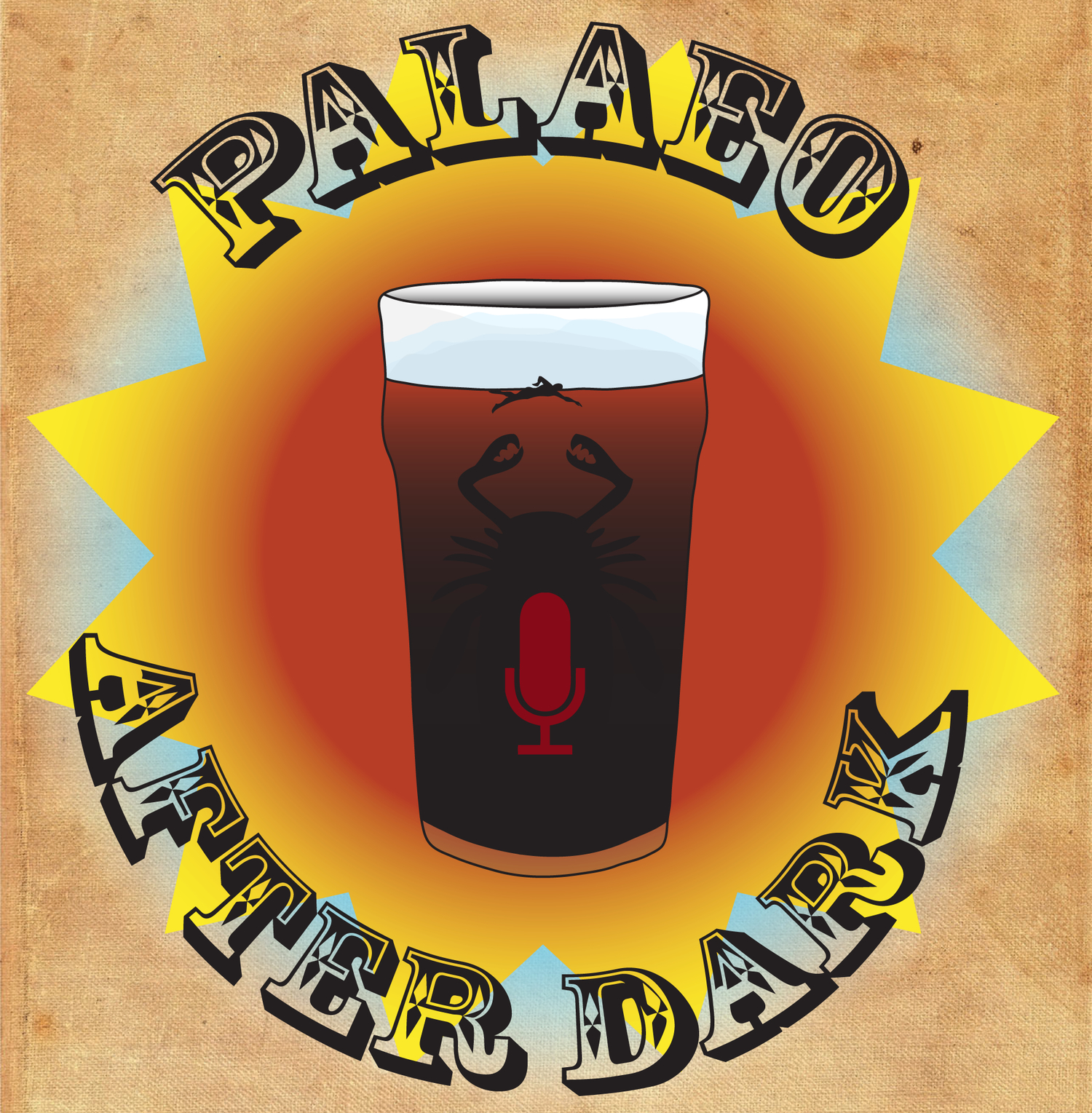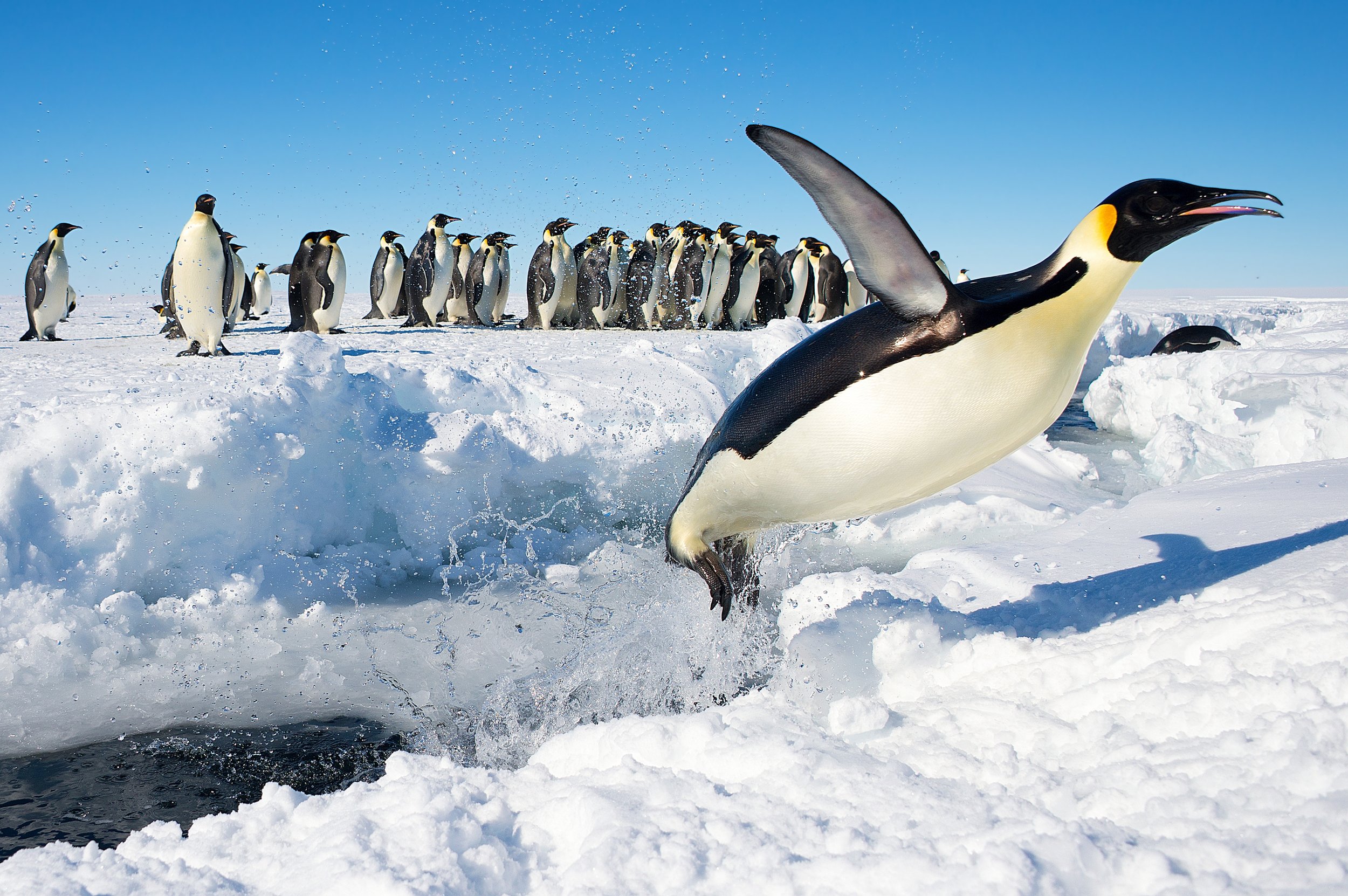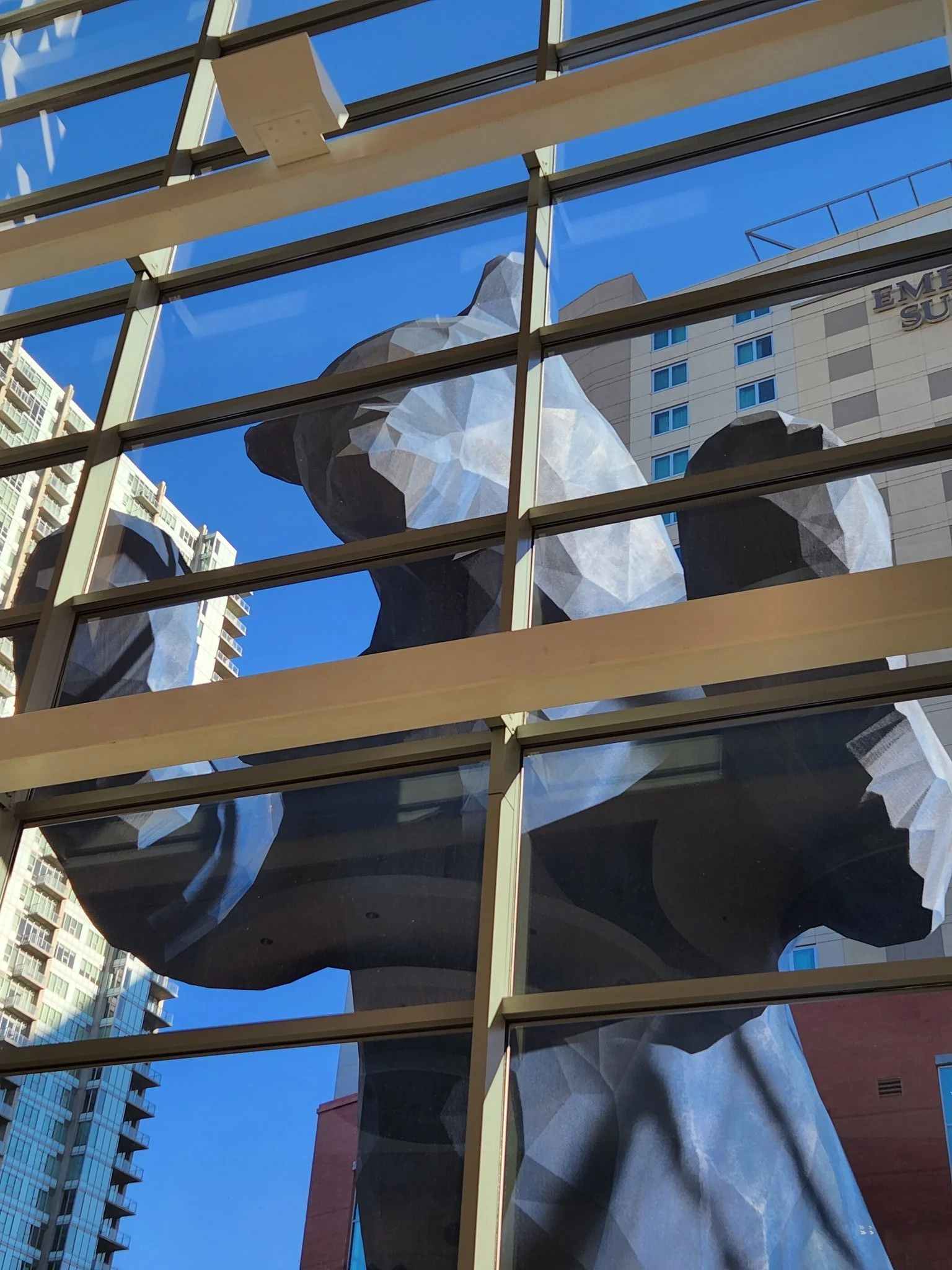Podcast 258 - Problematica or Not?
/The gang discusses two papers that look at some Cambrian problematic fossils and find new clues that allow us to determine what groups they might belong to. One paper finds new evidence that some of these tube fossils in the Cambrian may be cnidarians and the other paper identifies potential gastropod radula in Cambrian rocks with adaptations for grazing. Meanwhile, James is not at all tired, Amanda will totally clean out her garage, and Curt is in the loop about what is going on.
Up-Goer Five (Curt Edition):
The friends talk about two papers that look at some things from a long time ago that are very hard to see what is going on with them but these new finds give us a better idea of what they might be. The first paper looks at these long and soft things. We used to think they were long and soft things that live in the ground today. However, this paper finds that there are little arms on one side and that they have these parts that we see in a very different group of animals that instead has one way in that it uses to eat and shit and has lots of these small arms. They show this for one of these types of animals but it could be that a lot of the long soft animals we find that we are not sure about could all be parts of this group.
The second paper looks at these small bits that people find when they take rocks and break them down into bits. These small things look like the mouth parts of animals that are soft and some of them carry their home with them. Not just mouth parts, but mouth parts that can eat green things that make their own food. This could be the first time we see animals that just eat these kinds of green things in the past.
References:
Zhang, Guangxu, et al. "Exceptional soft tissue preservation reveals a cnidarian affinity for a Cambrian phosphatic tubicolous enigma." Proceedings of the Royal Society B 289.1986 (2022): 20221623.
Slater, Ben J. "Cambrian ‘sap-sucking’molluscan radulae among small carbonaceous fossils (SCFs)." Proceedings of the Royal Society B 290.1995 (2023): 20230257.

















